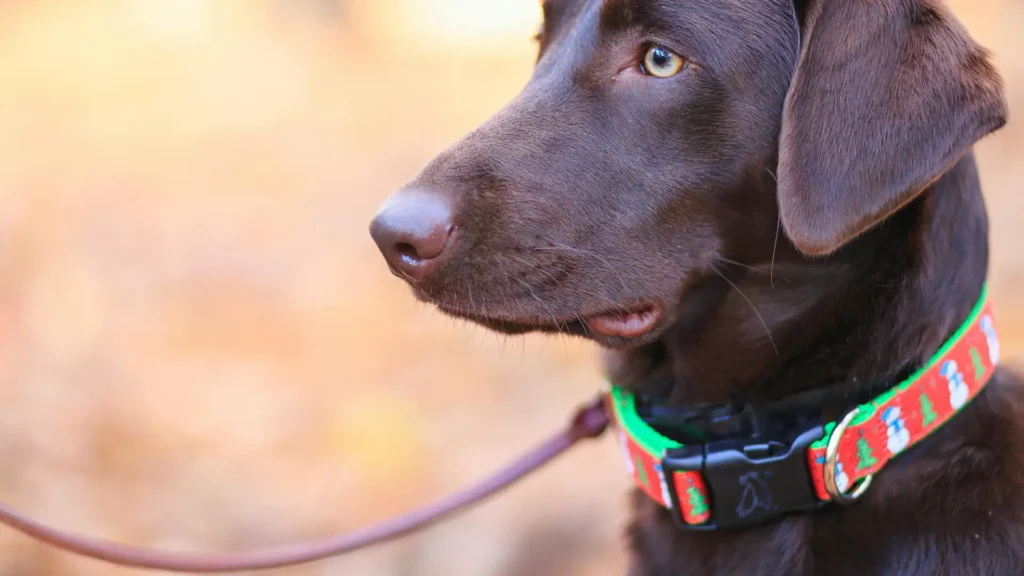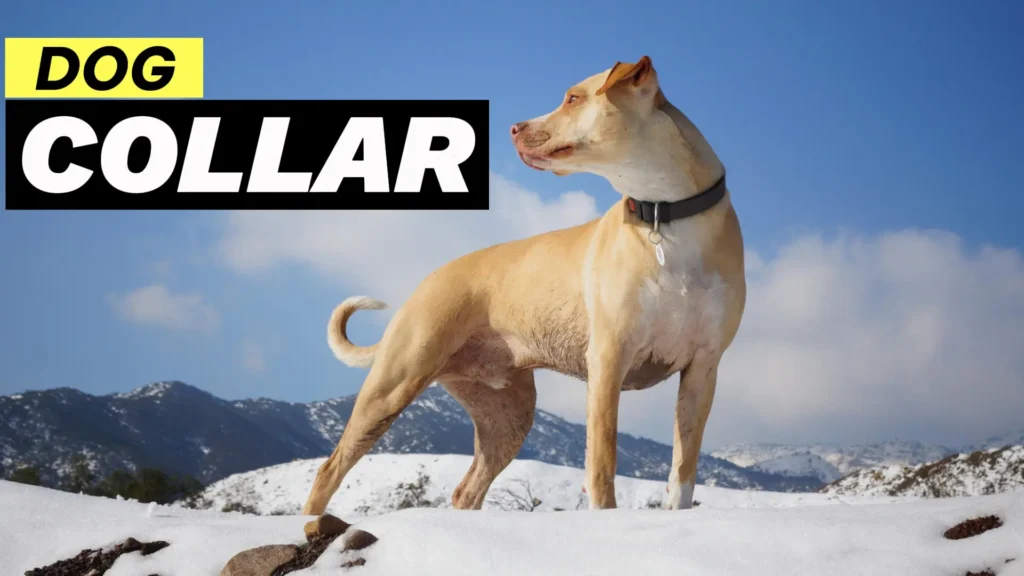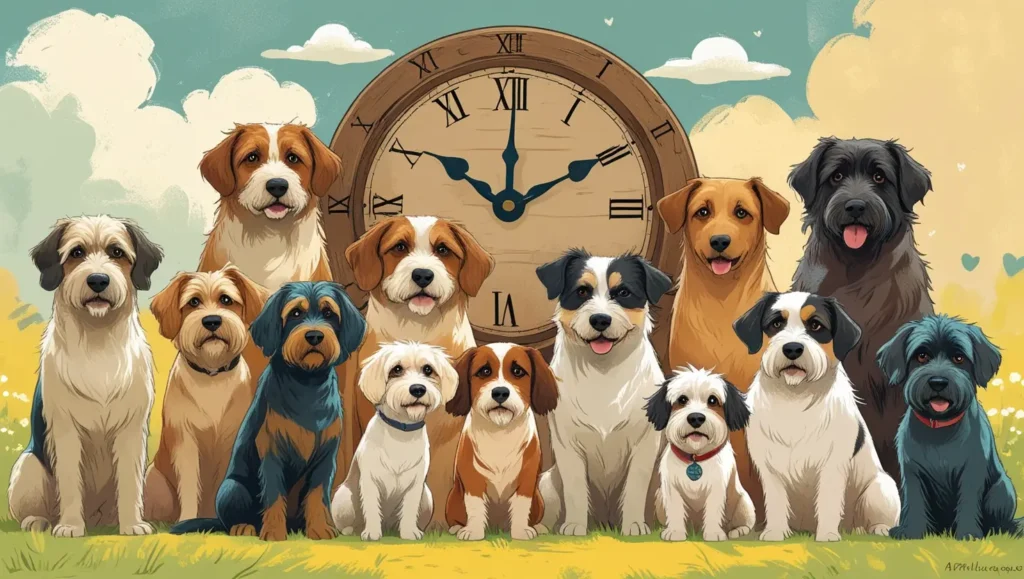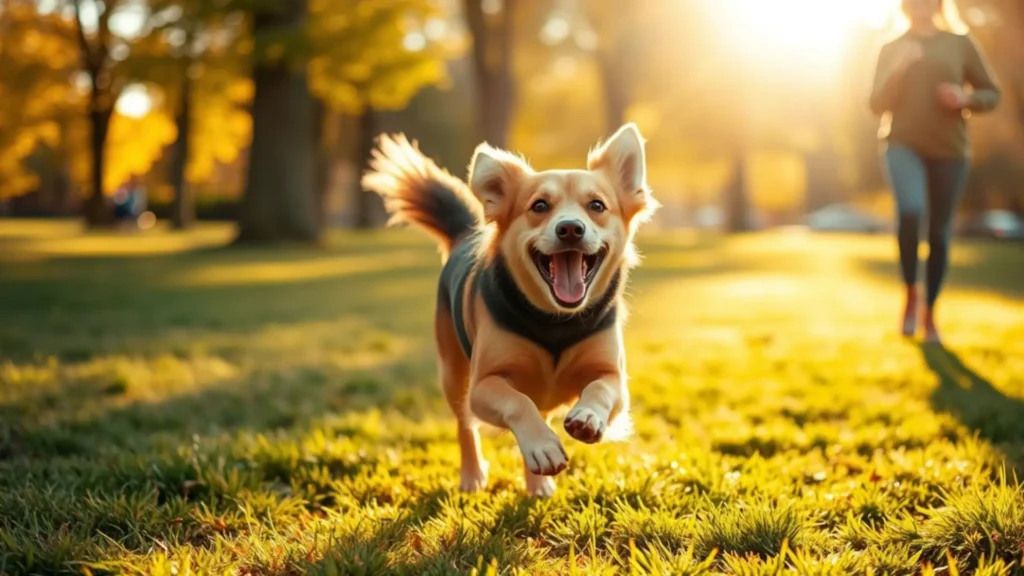Selecting the right collar is a multifaceted decision. It requires careful thought and consideration. A well-chosen collar plays a critical role in their safety. Below, we’ll delve deeper into each key factor to help you make an informed decision when choosing a collar for your dog.
Proper Fit
Choose collar that fits properly. A collar that’s too tight restricts breathing. On the other hand, a loose collar slips off. It poses a risk of your dog getting lost or injured. Let’s break down how to achieve the perfect fit:
To check if the collar fits correctly, place two fingers between the collar and your dog’s neck. If the collar is snug enough to stay in place but still allows for some movement, it’s likely the right fit. This rule applies to all sizes of dogs.
Look for collars with adjustable straps. Adjustable collars allow you to customize the fit as your dog grows. For example, a puppy collar should have multiple adjustment holes to accommodate rapid growth spurts.
Before purchasing a collar, measure your dog’s neck with a soft tape measure. Add an extra inch or two to the measurement to ensure there’s enough room for comfort. Most collars will have size ranges listed (e.g., small, medium, large). Always double-check the exact measurements to ensure a proper fit. For instance, a dog with a neck circumference of 14 inches might need a medium-sized collar.
Avoid overly tight collars. They can put pressure on the trachea and cause choking. Consider using a harness instead if your dog is a strong puller. Harnesses distribute pressure across the chest rather than the neck.
Dogs grow, gain weight, and lose weight over time. It’s important to check the fit of the collar regularly. Make it a habit to re-measure your dog’s neck every few months.
Material
The material of the collar plays a significant role in its durability. Different materials offer different benefits. It’s important to choose one that suits your dog’s lifestyle and needs. Let’s explore the pros and cons of various materials.
Nylon collars are lightweight. They are affordable, and easy to clean. They come in a wide variety of colors and patterns. You can personalize the collar. However, nylon sometimes retain odors. Regular washing help keep these collars fresh. Nylon is also highly durable. It is a good option for active dogs.
Leather collars are durable. It becomes softer over time. It provides a comfortable fit for your dog. However, leather collars require maintenance. It needs occasional conditioning to prevent cracking. Additionally, leather may not be the best choice for dogs with sensitive skin. If you opt for leather, look for full-grain leather that’s less likely to irritate your dog’s skin.
Polyester webbing is another synthetic material used for collar. It’s strong and resistant to moisture. It’s used for outdoor activities. This collar holds up well in wet conditions. It doesn’t stretch over time. Polyester collars are less prone to odor retention compared to nylon.
Metal chain collars, also known as choke chains, are sometimes used for training purposes. However, they should be used with caution and only under the guidance of a professional trainer. Improper use of chain collars can lead to injury to your dog’s neck.
These collars are designed with a quick-release mechanism. It allows the collar to break open if it gets caught on something. Breakaway collars are particularly useful for small dogs. They reduce the risk of choking if the collar gets snagged on branches, and fences. They’re a great option for indoor dogs.
BioThane is a synthetic material that’s gaining popularity among dog owners. It’s waterproof, easy to clean, and highly durable. BioThane collars often used for working dogs. They’re also resistant to odors.
Purpose

Different collars serve different purposes. Understanding what you’ll primarily use the collar for can help you narrow down your selection. Let’s explore the various purposes and the types of collars that best suit them.
For regular walks and daily activities, a standard flat collar is usually sufficient. These collars provide a place to attach your dog’s ID tags and leash. Look for collars made from nylon or leather. Flat collars are versatile. They can be used for most dogs.
Specialized collars are necessary for training. Martingale collars tighten slightly when pulled but don’t choke. They are a good option for training.
Similarly, head collars help redirect your dog’s attention and prevent pulling. These collars should be used with care and under the guidance of a professional trainer to avoid injuring your dog.
Consider a collar with a built-in ID tag holder or a GPS collar. GPS collars allow you to track your dog’s location in real-time. Some collars also come with QR codes that can be scanned by anyone who finds your dog. This gives them instant access to your contact information.
Choose reflective collars for improved visibility. These collars are useful for active dogs who enjoy evening strolls and nighttime adventures. Reflective collars are made from nylon or polyester. It feature reflective stitching that glows when hit by lights.
Some dogs require special collars for medical reasons. For example, dogs recovering from surgery may need an Elizabethan collar to prevent them from licking. In other cases, dogs with skin conditions may benefit from hypoallergenic collars made from materials like neoprene.
Comfort
Finally, your dog’s comfort should always be a top priority. A collar that causes irritation can lead to behavioral issues. The dog can rub excessively. This may even result in skin infections.
Padded collars are an excellent choice for dogs with sensitive skin. The extra cushioning reduces pressure on the neck and prevents chafing. Padded collars are available in nylon and leather.
Consider a collar made from breathable materials for outdoor activities in hot weather. Mesh collars are a great option for dogs who need extra ventilation. These collars are made from lightweight, breathable fabrics. It allows air to circulate around your dog’s neck. It keeps your dog cool and comfortable.
Always ensure the collar isn’t too tight. Check the fit regularly for safety purpose. Check if your dogs have allergies to certain materials. Neoprene collars are soft, flexible, and resistant to moisture. This is a great choice for dogs with allergies.
For larger dogs, consider a collar that distributes weight evenly across the neck. Wide collars help prevent pressure points and reduce strain on the neck.
Choosing the right collar for your dog involves your wit. Proper fit, material, purpose, safety features, and comfort all play a vital role in ensuring your dog’s collar. By taking the time to consider these factors, you can find a collar that meets your dog’s specific needs.




